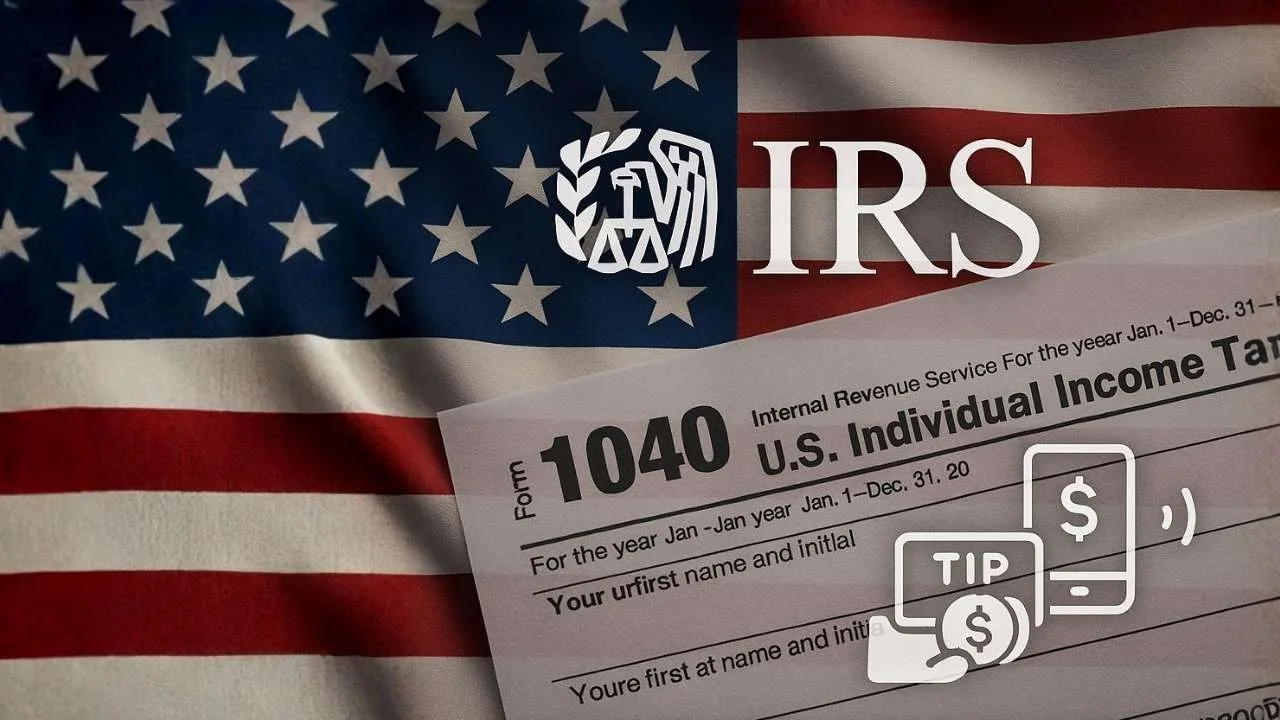The Internal Revenue Service (IRS) has released updated guidance to clarify how workers can claim deductions under the “No Tax on Tips” provision — one of the more popular measures within President Donald Trump’s One Big Beautiful Bill.
The update, issued Friday (Nov. 21), also offers “transition relief” for workers in certain service industries and delays the enforcement of key restrictions. This relief could expand eligibility for the tax benefit and help workers adjust to new reporting and documentation requirements.
“The IRS recognizes that workers and employers need clear instructions to ensure compliance while benefiting from the new law,” the agency said in its statement.
What the IRS Guidance Says
The IRS guidance addresses several issues that had caused uncertainty since the law took effect earlier this year.
- It clarifies how tipped workers should report and deduct tips on their 2025 and 2026 tax returns.
- It provides transition relief for those in specified service trades or businesses.
- It delays enforcement of certain provisions that restrict who can claim the deduction.
Under the updated timeline, the restriction preventing workers in “specified service trades or businesses” (SSTBs) — such as health, law, performing arts, consulting, and athletics — from claiming the deduction will not be enforced until one year after final regulations are published.
That means the restriction likely won’t apply to the 2025 or 2026 tax years, effectively widening the pool of workers who can benefit.
Who Qualifies for ‘No Tax on Tips’
The No Tax on Tips provision applies to employees who receive tips as part of their regular income — most notably in restaurants, hospitality, salons, and similar industries.
| Category | Eligible Workers | Tax Treatment |
|---|---|---|
| Traditional Tipped Workers | Waiters, bartenders, hotel staff, baristas | Federal income tax eliminated on reported tips |
| SSTB Workers (Transition Relief) | Health, law, arts, consulting, athletics | Eligible until enforcement date (expected post-2026) |
| Non-Tipped Roles | Fixed-salary workers, corporate employees | No change — regular income taxes apply |
According to the White House, roughly 6 million Americans report tipped wages each year. Eliminating the federal income tax on those tips is expected to increase take-home pay by about $1,300 annually per worker.
Why the Delay Matters?
The delay gives workers and employers more time to adapt to new reporting requirements and for the IRS to finalize the technical details.
Many service workers had expressed confusion about how to track or verify tip income under the new system. Employers, meanwhile, needed clarity on documentation standards and withholding adjustments.
“This clarification from the IRS is crucial,” said James Orr, a tax policy analyst at the Urban-Brookings Tax Policy Center. “It reduces uncertainty for millions of tipped workers who might otherwise risk mistakes or penalties on their 2025 filings.”
Potential Impacts on Businesses and Workers
The digital payments industry could see a boost as more businesses move to track tip income electronically.
| Impact Area | Expected Outcome |
|---|---|
| Digital Payments | Rise in card and app-based tipping for better record keeping |
| Tax Reporting | Increased reliance on digital payroll and instant disbursement tools |
| Labor Dynamics | Expansion of tipping culture to new sectors (fitness, personal services, etc.) |
| Compliance | Stronger documentation requirements for both workers and employers |
By formalizing tip collection through digital platforms and instant pay solutions, employers can better ensure compliance while providing convenience and transparency for workers.
Broader Economic Context
While the No Tax on Tips law provides meaningful relief for millions, analysts note it could also reshape tipping behavior and widen income disparities between tipped and non-tipped professions.
“We may see tipping expand into professions that previously relied on wages, as businesses and workers respond to tax incentives,” said Dr. Elaine Matthews, labor economist at Georgetown University.
Still, for service-sector workers — many of whom live paycheck to paycheck — the tax relief could help offset inflationary pressures on essentials such as rent, food, and transportation.
Conclusion: Clarity and Breathing Room
The IRS’s new guidance offers both clarity and breathing room for millions of tipped workers and their employers. With enforcement delays extending into 2026, most service-sector employees will continue to enjoy the benefits of the “No Tax on Tips” law while adapting to the evolving tax environment.
As the labor market evolves and digital payments rise, the measure could reshape how Americans view — and value — tipping.
“The next step,” said Orr, “is ensuring that relief translates into lasting stability for workers — not just one-off savings.”
FAQs
When does the “No Tax on Tips” law take effect?
The law is already in effect, but enforcement of certain restrictions has been delayed. Most workers can claim the benefit for the 2025 tax year and likely 2026 as well.
Do I still need to report my tips?
Yes. Workers must accurately report all tips to their employer, even if those tips are exempt from federal income tax. Reporting ensures proper tracking for Social Security and Medicare contributions.
How will this affect my paycheck?
Workers should see higher take-home pay since federal income tax will not be withheld on reported tips. However, Social Security and Medicare taxes still apply.
Are employers affected?
Employers must update their payroll systems to correctly classify tip income and ensure accurate reporting under IRS guidance.
What about digital tips?
Tips received through apps, POS systems, or instant pay platforms are still eligible for the deduction as long as they are reported and recorded properly.

